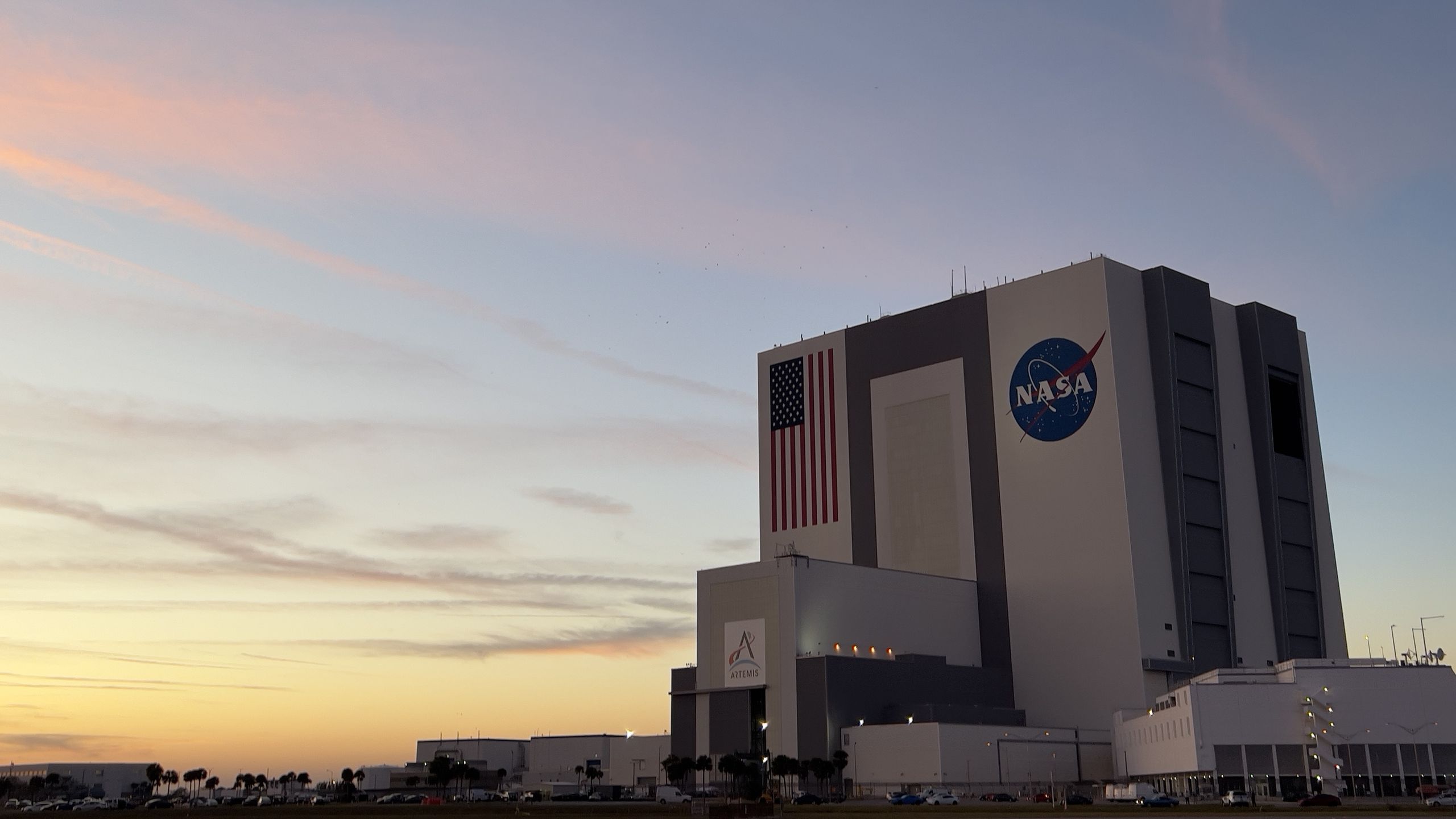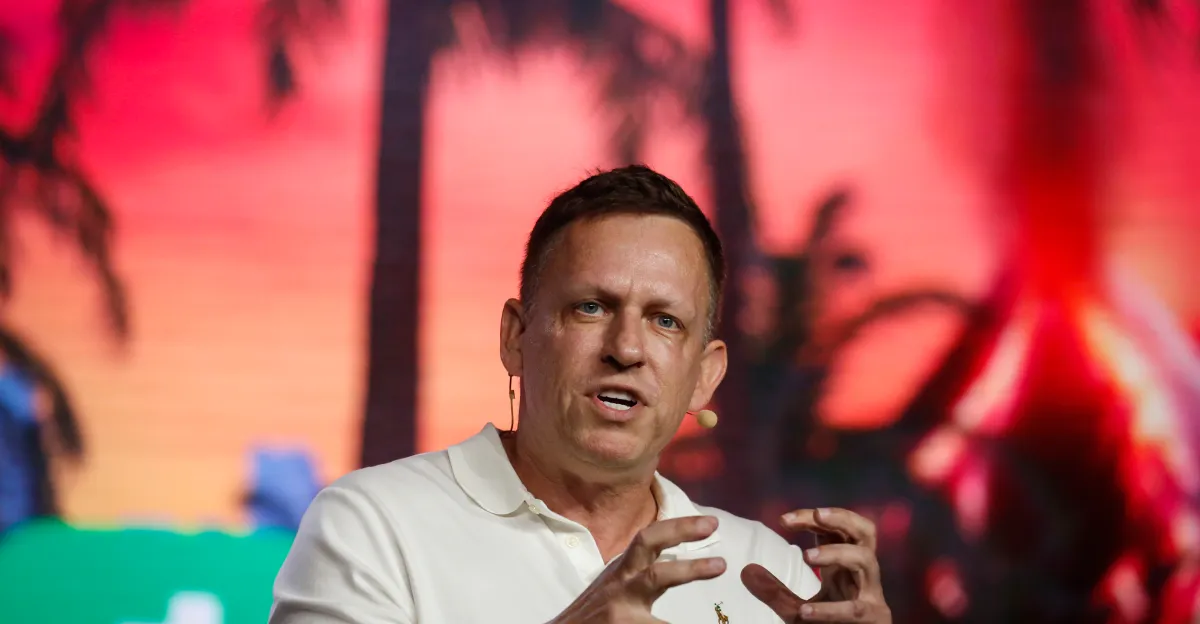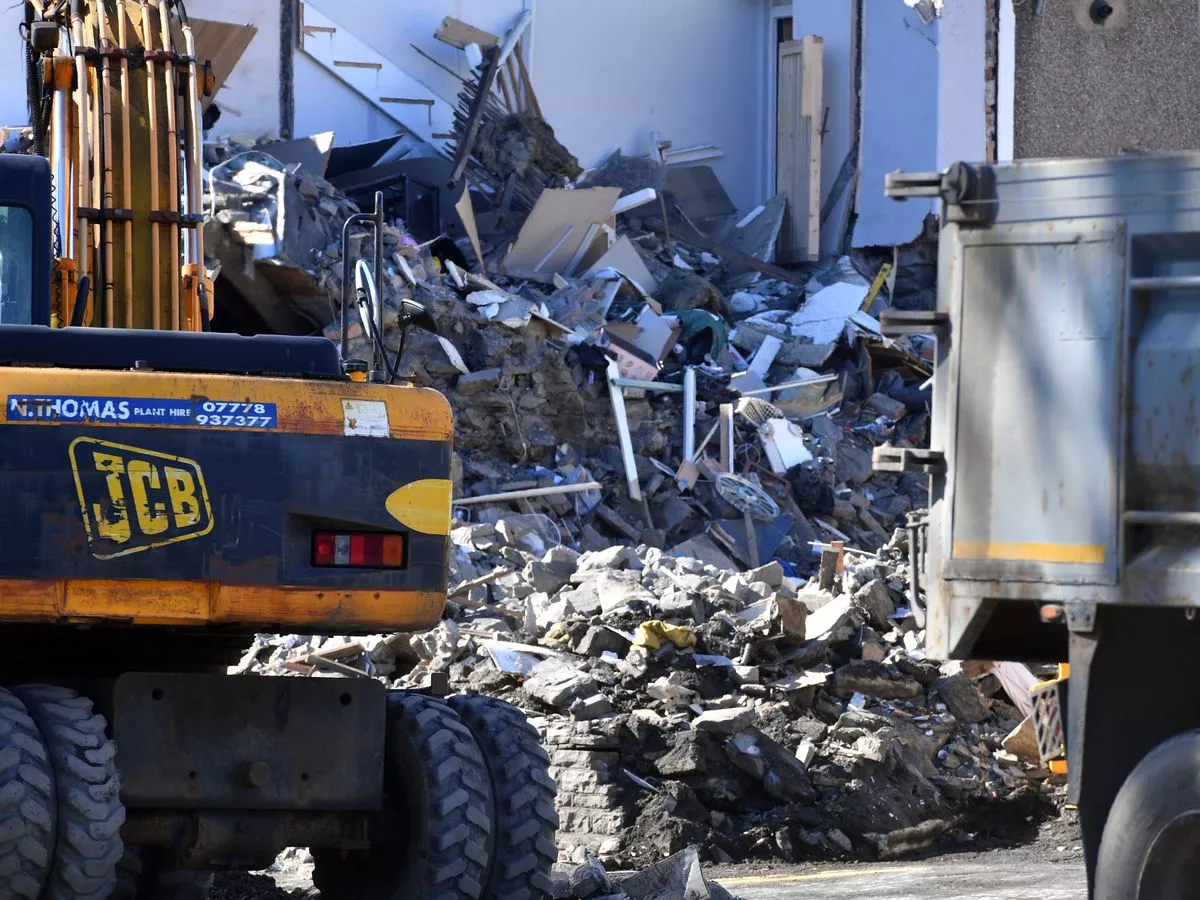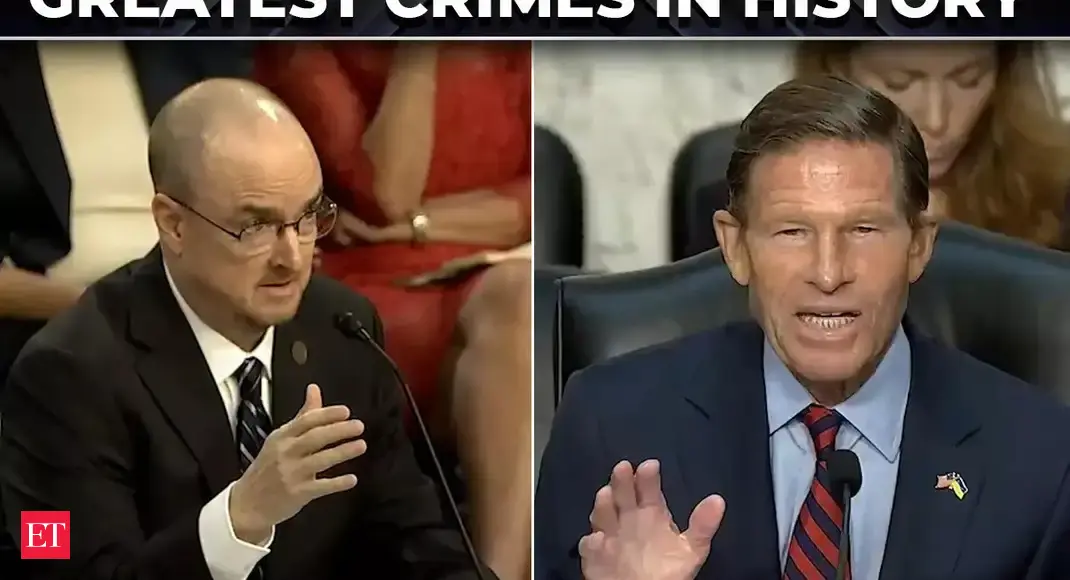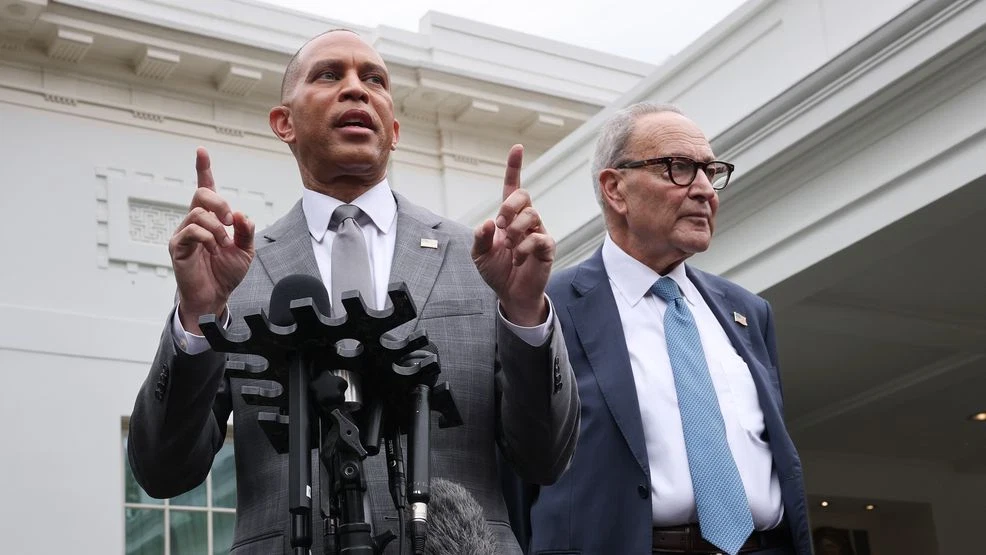
Washington lawmakers from both sides of the aisle are taking a risk by plunging the federal government into a .
The standoff came to a head with the beginning of the new fiscal year at midnight Wednesday.
Democratic leaders have decided to take a stand on federal health care spending, while Republican leaders say they just want to pass a temporary measure to keep the government open and funded at current levels until late November.
“At first, I thought it wouldn’t happen, because shutdowns are lose-lose,” Oklahoma State University politics professor said. “But here we are.”
The risk for both parties boils down to how the public assigns blame, McKee said.
“Some of this might be trying to gauge how (public opinion) moves over the next few days if they don’t want to get together and patch this up with a continuing resolution. And so that’s a tricky game,” McKee said.
A from Morning Consult found Republicans, who control the White House and both chambers of Congress, would shoulder more blame if the government closed.
But , the Political Management program director at George Washington University, said public sentiment about the shutdown can turn on a dime.
The blame usually goes to the party forcing the shutdown, he said.
“I think that Democrats are playing with fire here and potentially painting themselves into a corner,” Belt said.
Senate Democratic leader Chuck Schumer is under tremendous pressure from the progressive wing of his party to hold firm against President Donald Trump, said , a political science fellow at Rice University’s Baker Institute.
“The problem is that Democrats really don’t have a good endgame here,” Jones said.
Schumer and House Democratic leader Hakeem Jeffries are accusing the Republicans of forcing a partisan stopgap spending bill on them.
They said Republicans refused to negotiate.
Republicans said the so-called continuing resolution is a clean funding extension, and any other negotiations, such as those over health care spending, can take place separately once the government is back open.
“Democrats are fighting to protect the health care of the American people,” Jeffries told reporters after a White House meeting earlier this week. “And we are not going to support a partisan Republican spending bill that continues to gut the health care of everyday Americans.”
Democrats a reversal of Medicaid changes that were part of the GOP “One Big Beautiful Bill” and an extension of Affordable Care Act tax credits.
They also want to prevent the Trump administration from using the rescissions process to unilaterally claw back spending that was passed in Congress on a bipartisan basis.
“Does this look partisan? Does this look dirty to you? Twenty-four pages to fund the government. Nothing more, nothing less, nothing else,” Senate Majority Leader John Thune said to reporters about the House-passed, GOP-backed spending stopgap bill.
Thune, a day earlier, that Democrats would have the “same leverage” in a couple of months to “fix the ACA credit issue.”
Belt said the timing of the health care fight doesn’t entirely make political sense.
“There is an insurance cliff at the end of this year with the Obamacare subsidies. If you were really going to be Machiavellian about this, you would say let those subsidies (go away). And then by next November, voters will be feeling that, and they will take it out on Trump and his party,” Belt said.
But he said Schumer took a ton of heat from his party for during a funding showdown in March.
And Belt said Democrats didn’t have leverage to stop the OBBB over the summer because of the procedural manner in which the law was passed.
So, this was the lever Democrats decided to pull in their opposition to Trump.
“The Democratic rank and file is spoiling for a fight. They have seen the Republicans run roughshod over them. The only leadership that they have seen is coming out of the states, because that’s the only place where they have power,” Belt said, noting opposition efforts from Democratic governors such as California’s Gavin Newsom, Illinois’ JB Pritzker and Maryland’s Wes Moore.
McKee said Democrats are taking a gamble with their opposition now. The midterms are a long time away still, and McKee said public opinion is not clearly on their side on this issue.
Jones said Democrats also risk Trump taking advantage of the shutdown to , something the administration has threatened.
“And even if at the end of the day those workers will be reinstated or you’re able to get them back in via an arbitration process or legal proceedings, that may take some time,” Jones said.
McKee said Democrats are facing a unified Republican government.
“And so, they can throw a wrench in the works. But again, are they going to just come out looking obstructive more than anything?” he said.
None of the political experts predicted how long the shutdown could last.
Belt said shutdowns usually last a couple of weeks, but he said it’s hard to know how long this one will last.
And none of them were sure how firm Schumer and Democrats would hold the line.
Belt said the shutdown might end if and when Republicans promise independent votes on the Obamacare subsidies, Medicaid cuts and rescission concerns.
That could offer all sides a face-saving off-ramp, he said.
